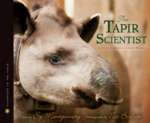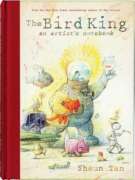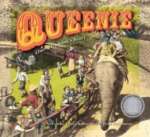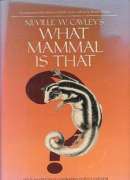
Explore a tree up close and you will find a small world filled with great surprises. From worms wriggling among the roots, to birds nesting high in the branches, the hidden wonders of this amazing habitat are revealed.
Nonfiction genre

Explore a tree up close and you will find a small world filled with great surprises. From worms wriggling among the roots, to birds nesting high in the branches, the hidden wonders of this amazing habitat are revealed.
 At 11:35 p.m., as Radio Armero played cheerful music, a towering wave of mud and rocks bulldozed through the village, roaring like a squadron of fighter jets.” Twenty-three thousand people died in the 1985 eruption of Colombia’s Nevado del Ruiz. Today, more than one billion people worldwide live in volcanic danger zones. In this riveting nonfiction book—filled with spectacular photographs and sidebars—Rusch reveals the perilous, adrenaline-fueled, life-saving work of an international volcano crisis team (VDAP) and the sleeping giants they study, from Colombia to the Philippines, from Chile to Indonesia.
At 11:35 p.m., as Radio Armero played cheerful music, a towering wave of mud and rocks bulldozed through the village, roaring like a squadron of fighter jets.” Twenty-three thousand people died in the 1985 eruption of Colombia’s Nevado del Ruiz. Today, more than one billion people worldwide live in volcanic danger zones. In this riveting nonfiction book—filled with spectacular photographs and sidebars—Rusch reveals the perilous, adrenaline-fueled, life-saving work of an international volcano crisis team (VDAP) and the sleeping giants they study, from Colombia to the Philippines, from Chile to Indonesia.

If you’ve never seen a lowland tapir, you’re not alone. Most of the people who live near tapir habitat in Brazil’s vast Pantanal (“the Everglades on steroids”) haven’t seen the elusive snorkel-snouted mammal, either. In this nonfiction picturebook, Sibert winners Sy Montgomery and Nic Bishop join a tapir-finding expedition led by the Brazilian field scientist Pati Medici.

A collection of sketches, drafts, and scanned ephemera from the artist who created The Arrival (2007) and Tales from Outer Suburbia (2009).

The true and tragic story of one of the most famous elephants of all time: Queenie, the gentle Indian elephant. Evoking a time when elephants were giving rides in zoos all around the world, the true story of Queenie follows her from her birth in an Indian jungle to Australia’s Melbourne Zoo, where she lived for more than forty years.

The story of a female platypus from infancy to motherhood.

Egg-laying mammals – Marsupials.

What goes on behind the scenes when athletes compete?Not everyone can be an athlete, but that doesn’t stop thousands of others from participating in world-class sporting events. When Patrick Reynolds realized that he couldn’t be a race car driver, he turned his love of cars into a successful career as a NASCAR mechanic.A passion for grass and baseball led Nicole Sherry to become the groundskeeper at Camden Yards in Baltimore, Maryland.Author Kevin Sylvester tells the stories of 19 talented and dedicated behind-the-scenes stars of the sports world. In this new book, the glamour of the frontline athletes takes a backseat to the hardworking people whose jobs are critical to the success of their sport but often go unacknowledged.Readers will discover some very special people who have devoted their lives to supporting the sports they love, including the eagle-eyed baseball scout for the Chicago White Sox, the members of the Dallas Cowboys Cheerleaders and the doctor who treats injured players on the Canadian Olympic soccer team.With its real-life stories and lively photographs, Game Day will delight any young sports fan or wannabe athlete.

This collection of ten true stories is based on interviews with people who, in their youth, lived with an addicted parent or sibling. The subjects speak honestly about what it was like to grow up with a family member addicted to alcohol, drugs, food, pills, or gambling. While describing how they managed to cope, interviewees explore the full range of situations and emotions they experienced—from denial, anger, and confusion to acceptance and forgiveness. Their maturity, sensitivity, and even their sense of humor will give teens going through similar situations the important realization that there are many ways to break free from the chains of others’ addictions.

Nearly one hundred full-color photographs take young readers on a thirteen-country African safari that captures the rich diversity of African people, animals, and landscapes, from the desert Sahara to the rainforests of Zaire.